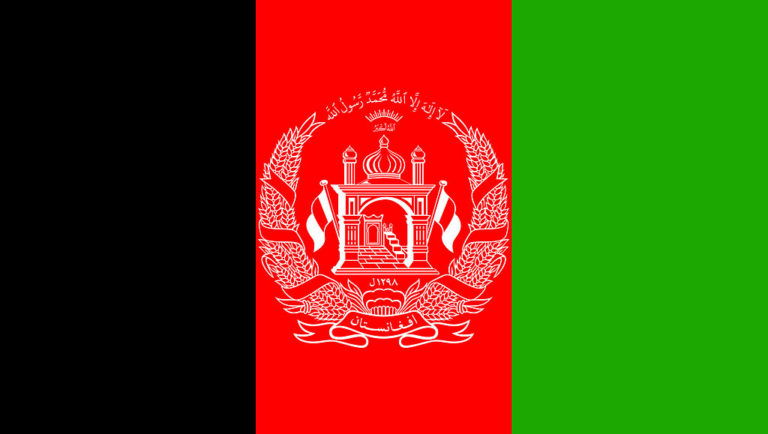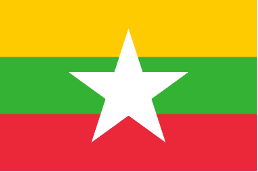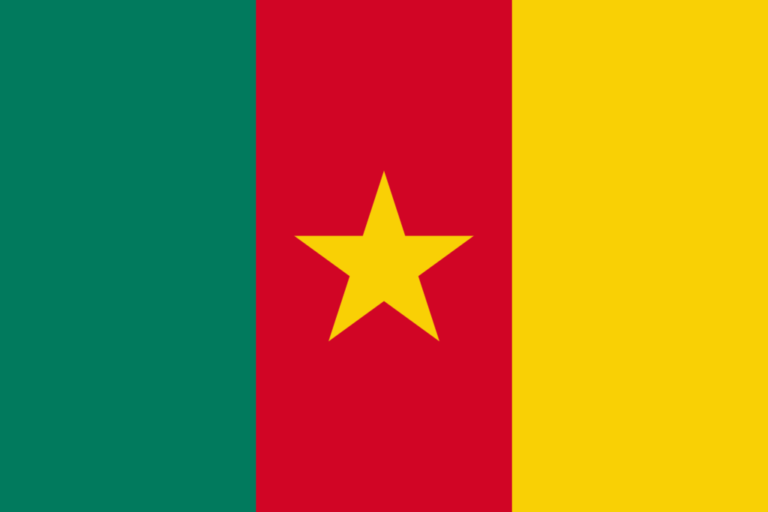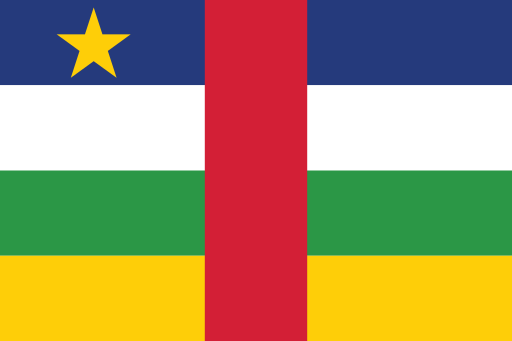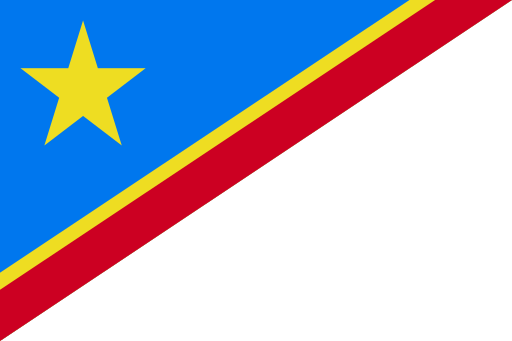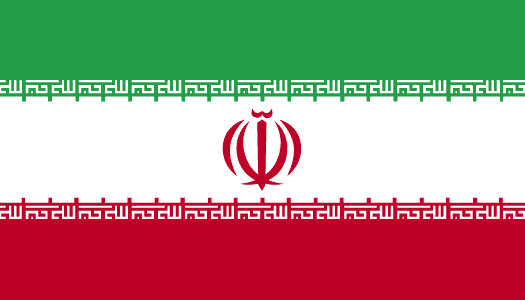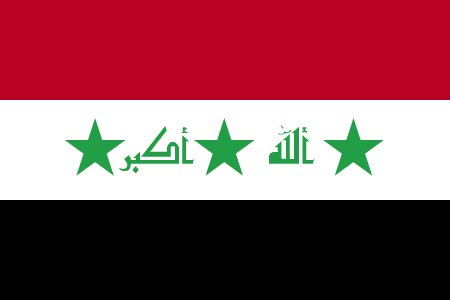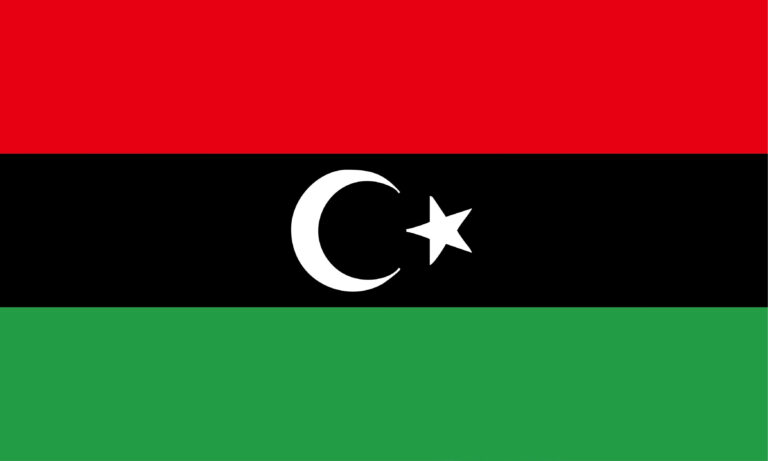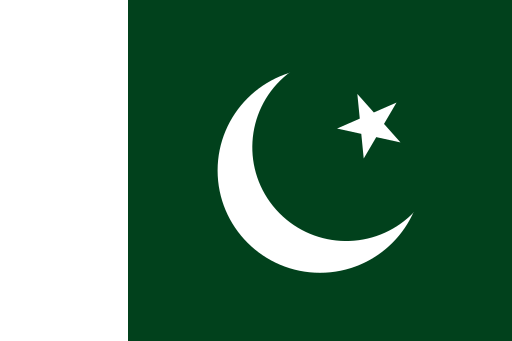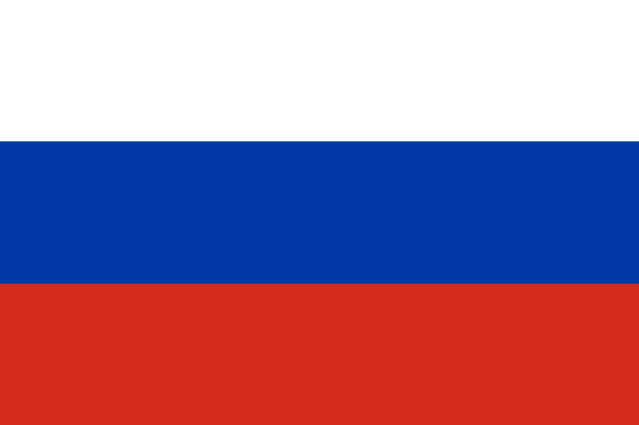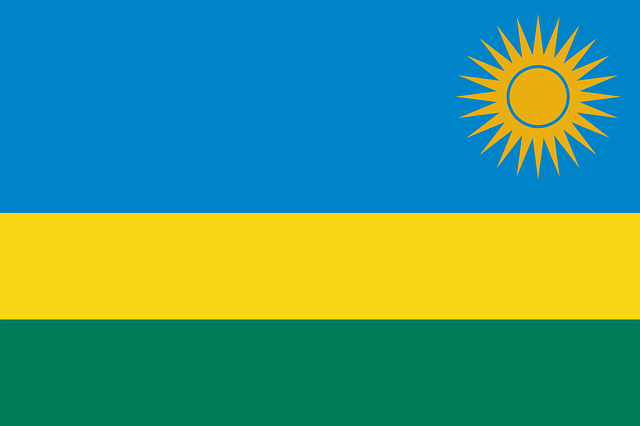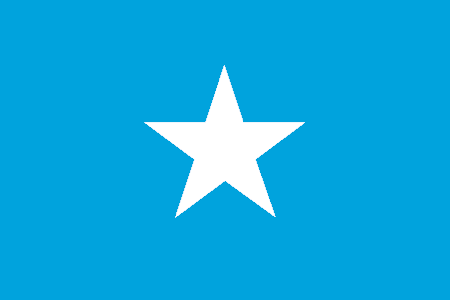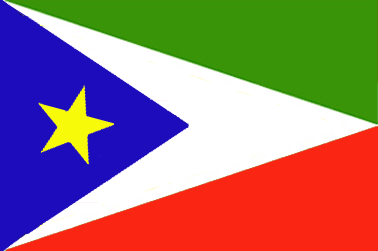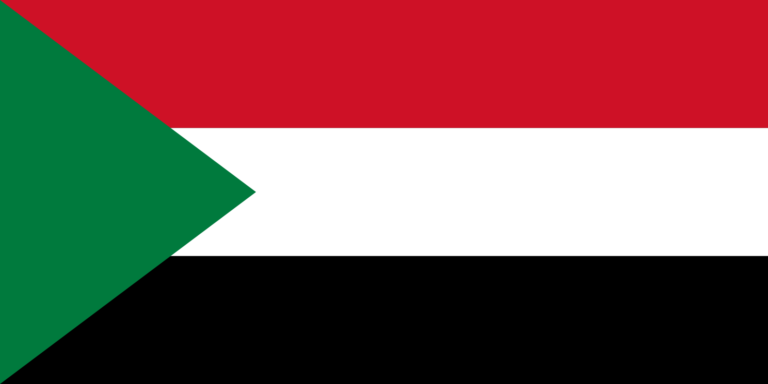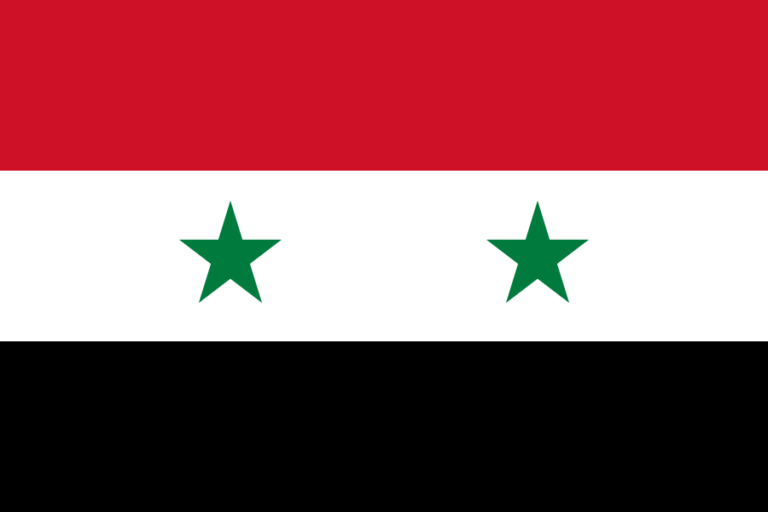- Updated October 24, 2023
Years Listed
Each shaded box corresponds to a year the country appeared on the CSPA list and what types of waivers it received, if any.
Burma first appeared on the CSPA list in 2010 and has appeared on the list for a total of thirteen years, with 2017 being the only year it was not listed. The U.S. president fully waived CSPA prohibitions against the provision of U.S. arms sales and military assistance to Burma for one of these thirteen years, in 2016. However, Burma has never been eligible to receive arms sales or military assistance subject to the CSPA. As a result, no U.S. arms sales or military assistance to Burma have been waived or prohibited due to the CSPA.
According to the U.S. State Department, the armed forces of Burma, or Tatmadaw, as well as border guard forces and military-backed militias continue to recruit and use child soldiers. International monitors verified that the use of children in labor and support roles by certain military battalions continued to increase in conflict zones between April 2020 to March 2021, particularly in Rakhine and Shan States. In February 2021, a military coup deposed Burma’s democratically elected government, further exacerbating conflict in the country. In the months since, international observers have reported that the military continues to recruit and use children in support roles. While the formal recruitment and use of child soldiers for combat roles remains low, there were reports of the military using children in combat roles between April 2021 to March 2022. Additionally, military-backed militias are also involved in child soldier recruitment and use in conflict settings.
In 2012, the Tatmadaw signed a UN Action Plan to end the recruitment and use of child soldiers. Since 2014, the now-deposed civilian government had issued directives prohibiting or reiterating prohibitions on the recruitment and use of child soldiers by the military. However, international observers have expressed concern that relevant legislation in Burma doesn’t adequately deter child soldier-related offenses owing to the military’s constitutionally-guaranteed power, which limits the government’s ability to address military child soldier use and recruitment. Burma’s July 2019 Child Rights Law increased penalties for engaging in child soldier recruitment or use, but the civilian government had yet to implement those penalties as of March 2021. In 2020, the government approved a National Action Plan for 2020-2021 on the prevention of death, injury, and sexual harassment of children in armed conflict and formed a National Committee on Implementation of the Optional Protocol to the Convention on the Rights of the Child on the Involvement of Children in Armed conflict. The Ministry of Defense reported taking disciplinary action against a total of 58 members of the armed forces for child soldier recruitment from 2017 through 2020, though it did not report if it prosecuted any civilians involved in the practice. In addition, policy changes were made to streamline the demobilization of child soldiers and allow the United Nations to enter into child soldier demobilization agreements with all armed ethnic groups. Between 2016 and 2022, the military released at least 284 soldiers suspected of being recruited as minors.
There has been a dramatic decline in efforts to combat trafficking in Burma – including the recruitment and use of child soldiers – since the country’s February 2021 coup. The military regime has done little to cooperate and coordinate with the UN to implement its 2012 UN Action Plan to end the recruitment and use of child soldiers. Further, the regime has not enforced Burma’s 2014 directive prohibiting the use of children by the military, nor has it instituted measures to protect children from being used in combat roles or for forced labor.
For more information, see the U.S. State Department’s Trafficking in Persons Report and Country Reports on Human Rights Practices. More information on the situation in Burma can also be found in the UN Secretary-General’s annual report on Children and Armed Conflict and country-specific report on Burma.

